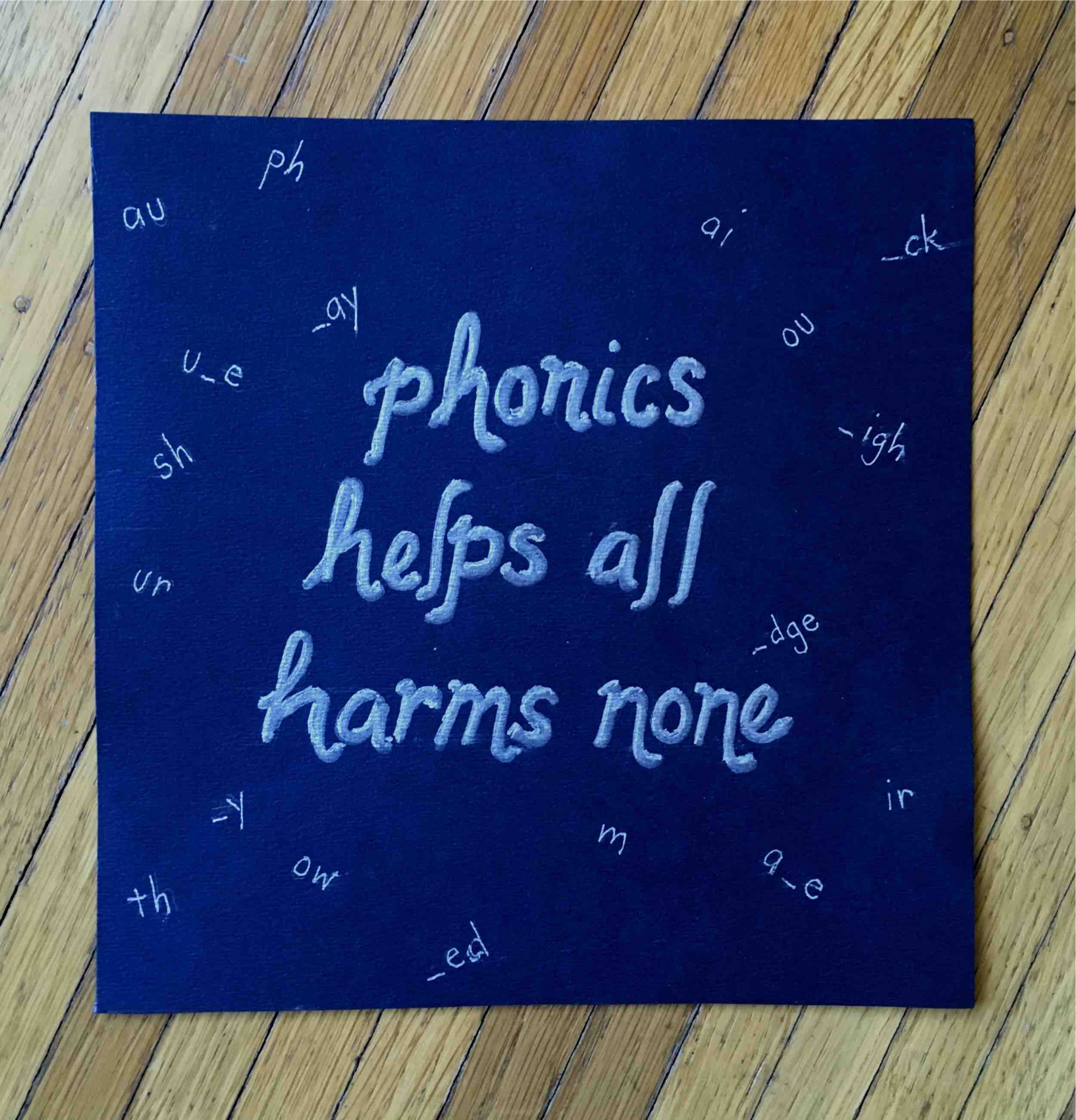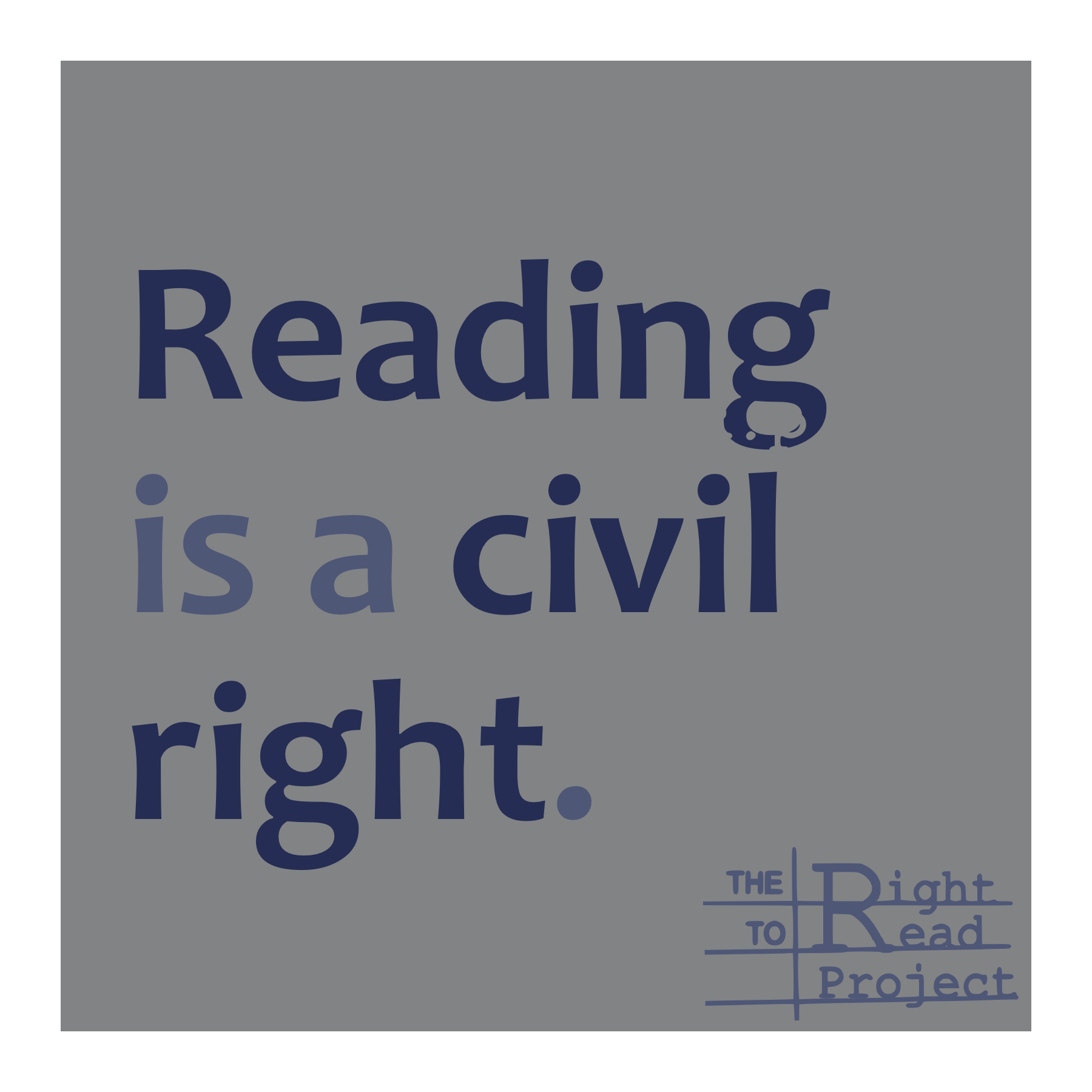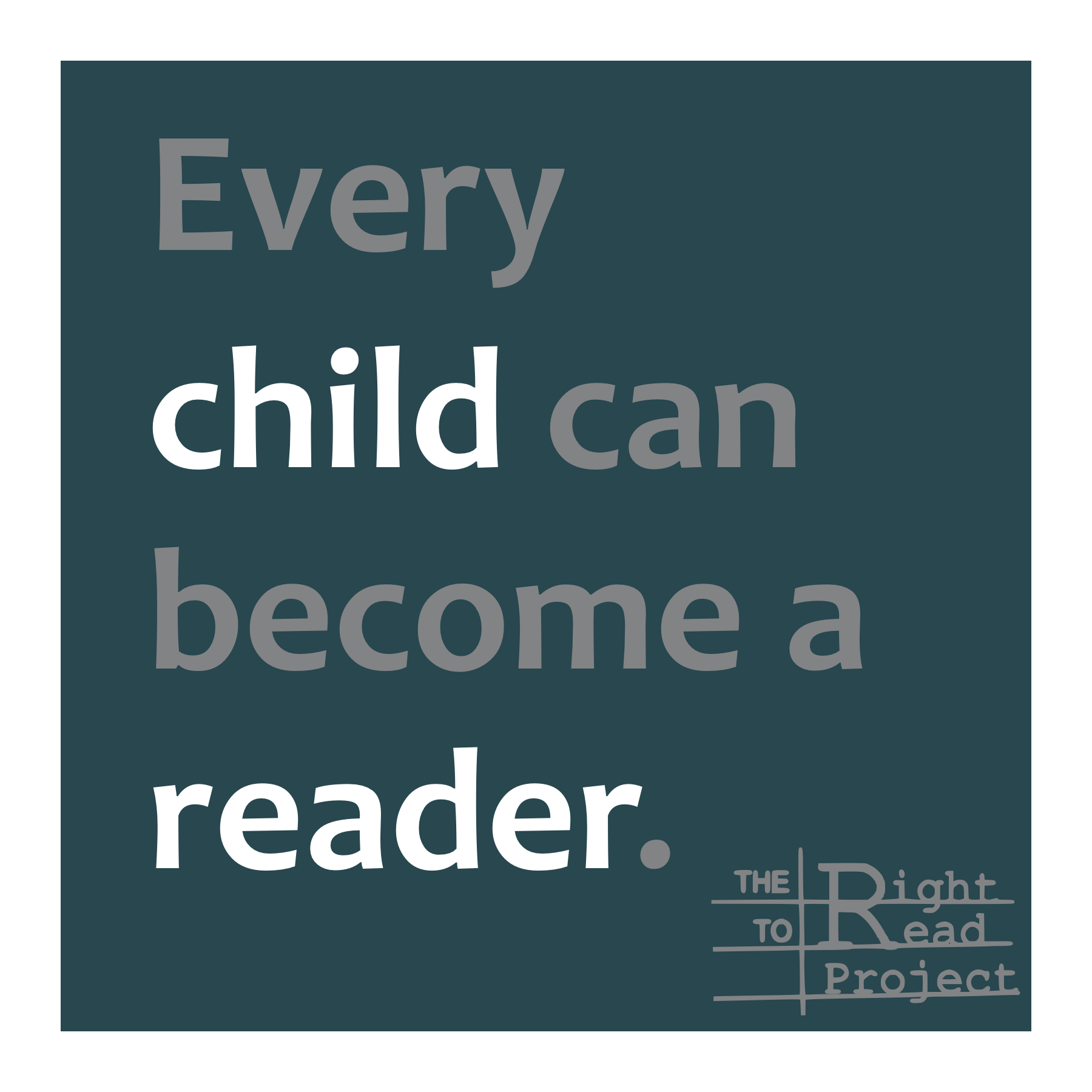Most primary-grade teachers teach phonics because we know it supports our students’ reading and spelling. And many of us also believe that if we incorporate phonics into our instruction, we are by definition not whole-language teachers; we are “balanced literacy” teachers. But whole-language beliefs are so pervasive and so entrenched in education that they continue to serve as the basis for a majority of instructional materials and professional development offerings.
Teachers Won’t Embrace Research Until It Embraces Them
I understand why advocates, researchers, and policymakers who feel the urgency of our literacy crisis are frustrated when teachers don’t embrace reading science. But my entry into the world of reading research was difficult, and while I take pride in my determination to learn, I understand why other teachers might be deterred. If we want teachers to apply research, it may be helpful to think about why they aren’t. I’ll

Our recommended reading list
Reading Science from 1955-today Language at the Speed of Sight by Mark Seidenberg Essentials of Assessing, Preventing, and Overcoming Reading Difficulties by David Kilpatrick Reading in the Brain: The New Science of How We Read by Stanislas Dehaene Proust and the Squid by Maryanne Wolf National Early Literacy Panel Speech to Print by Louisa Moats National Reading Panel Beginning to Read by Marilyn Adams Why Johnny Can’t Read: And What
Why is my union campaigning to gut teacher prep?
I’ve been one of California Teacher Association’s 325,000 members for the past 13 years and I have appreciated its protection and passionate advocacy. Nationwide, advocacy groups are pushing to better prepare teachers and to support us in delivering effective reading instruction, so I was shocked to see that my union is doing the opposite. CTA and other unions (CCSESA, CFT, Public Advocates, CABE, CABTE, ACSA) support SB-614, which strikes from

Phonics Instruction: Helps All, Harms None
The Wait and See Approach: While some students crack the alphabetic code with minimal or even no instruction, others require systematic phonics reinforced by decodable texts to become skilled readers. The catch is that when students enter school, we don’t know for whom code-based instruction will be essential. We can wait and find out, and in fact, we do this so often that the approach has a name, “wait to
Open Letter: lives depend on literacy; lives depend on us
Teachers are lauded for our martyrdom- “other professions make money, but teachers make a difference”- and frequently bashed , so rarely will we publicly voice our self-doubt. When we’re driving home after a hard day or lying awake at night, we may think about students who struggled. Despite (or perhaps because of) our tireless efforts, we wonder, years after they leave us, “Was there something more I could have done?”
Part 2: Complicating the Simple View of Reading
The Simple View of Reading beautifully demonstrates the equal importance of decoding and language comprehension. But because the formula is so… well… simple, it leaves out quite a bit. To look more deeply at skilled reading, we needed other models. We wondered, about the Simple View: What are the components of decoding? What is language comprehension? For those questions, we found answers in Scarborough’s Rope, developed by Dr. Hollis Scarborough
Part 1: Simple View of Reading
Decoding x Language Comprehension = Reading Comprehension The Simple View of Reading is helping us rebalance instruction in my Balanced Literacy school district. For a while, “balance” meant whole-language reading instruction with 20 minutes of word study, even in kindergarten and first grade, so students were not developing the foundational skills necessary for reading. Many students appeared to be on track in the primary grades when they recited simple leveled-texts,
Reading Science: Not Just Phonics
From What Is the Science of Reading? Shanahan on Literacy: Teacher question: I keep hearing that teachers don’t know the science of reading. But all the teachers that I talk to say that they teach phonics. What’s really going on? In his blog, Shanahan does a wonderful job of explaining that the science of reading covers more than phonics, and his post has already come in handy for us because








